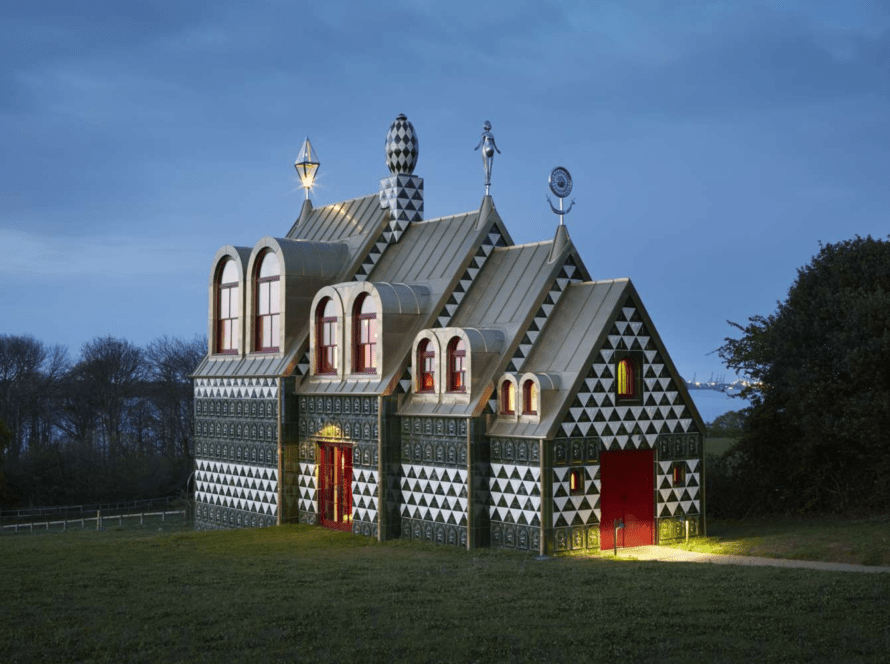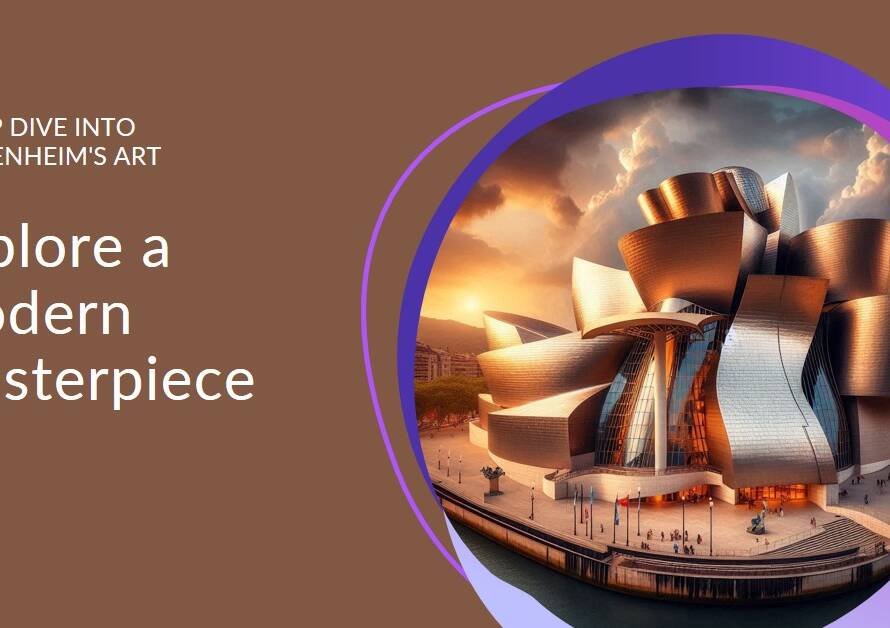
Table of Contents
- Introduction
- Harmonizing Urban Environments
- Elevating Residential Spaces
- Enhancing Commercial Spaces
- Transforming Public Spaces
- Supporting Healthcare Facilities
- Innovating Educational Spaces
- Creating Memorable Hospitality Experiences
- Conclusion: The Transformative Power of Landscapes
Introduction
Design is an intricate interplay of various elements that combine to create aesthetically pleasing and functional spaces. Among these elements, landscapes hold a unique and transformative potential. Landscapes are not merely the background scenery but can be an integral part of design that enhances the overall environment. From urban planning to interior spaces, landscapes can be skillfully utilized to enrich the user experience. This blog explores the diverse applications of landscapes in design, illustrating their versatility and impact.
Harmonizing Urban Environments
Integrating Green Spaces in City Planning
In contemporary urban planning, integrating green spaces is essential for creating livable cities. Parks, gardens, and green belts serve as the lungs of the city, providing much-needed oxygen and reducing pollution. These landscapes also offer recreational spaces for residents, promoting physical activity and mental well-being.
Green spaces act as social hubs where community interactions flourish, enhancing the sense of belonging among city dwellers. They also play a critical role in mitigating urban heat islands, thus contributing to the overall environmental sustainability of urban areas.
Enhancing Streetscapes
Streetscapes are another vital aspect where landscapes can be used effectively. Tree-lined streets, planters, and green walls contribute to the aesthetic appeal of urban areas while providing shade and cooling. This not only makes walking more pleasant but also encourages more people to choose walking or cycling over driving, thus reducing traffic congestion and carbon emissions.
Moreover, well-designed streetscapes can boost local businesses by making commercial areas more attractive and inviting. They create a cohesive visual identity that enhances the urban experience, making cities more vibrant and dynamic.
Elevating Residential Spaces
Designing Functional Gardens
In residential design, landscapes are paramount in creating functional and beautiful gardens. These gardens can be tailored to the needs of the homeowners, whether they seek a tranquil retreat, a space for entertaining guests, or a playground for children. The design of residential gardens often includes a variety of plant species, water features, seating areas, and lighting to create an inviting outdoor space.
Functional gardens also extend living spaces beyond the confines of the house. They provide areas for outdoor dining, relaxation, and play, effectively increasing the usable space of the property. Thoughtfully designed gardens can significantly enhance the quality of life for residents.
Integrating Indoor and Outdoor Spaces
A seamless integration of indoor and outdoor spaces is a growing trend in residential design. Large glass doors, patios, and balconies create a fluid transition between the interior and exterior environments. This not only maximizes natural light but also brings the beauty of the outdoors into the home.
Indoor plants and vertical gardens are also popular, bringing a touch of nature inside. These green elements improve air quality and add a sense of tranquility and vibrancy to the interior spaces. The integration of landscapes in residential design fosters a connection with nature, which is vital for the well-being of the occupants.
Enhancing Commercial Spaces
Creating Inviting Retail Environments
In the commercial sector, landscapes play a crucial role in designing inviting retail environments. Shopping malls, outdoor markets, and high streets benefit from the incorporation of green spaces, which make these areas more attractive to customers. Lush landscapes can be used to create cozy seating areas, aesthetic focal points, and interactive installations that engage visitors.
Retail environments that incorporate landscapes tend to have higher foot traffic and longer customer dwell times. The presence of greenery creates a pleasant shopping experience, encouraging repeat visits and customer loyalty. Moreover, it reflects a brand’s commitment to sustainability and environmental consciousness.
Designing Productive Workspaces
Landscapes are equally important in designing productive workspaces. Office buildings with landscaped courtyards, rooftop gardens, and green walls provide employees with spaces to relax and recharge. These areas can serve as alternative workspaces, fostering creativity and reducing stress.
Natural elements within the workplace have been shown to enhance employee well-being and productivity. Views of greenery, access to outdoor spaces, and the presence of plants contribute to a healthier and more motivating work environment. Incorporating landscapes in office design supports the holistic well-being of employees, leading to better performance and job satisfaction.
Transforming Public Spaces
Revitalizing Urban Plazas and Squares
Urban plazas and squares are the heart of public life in cities. Landscapes can revitalize these spaces, making them more engaging and welcoming. Trees, water features, and seating areas create comfortable environments for people to gather, relax, and socialize. These landscapes can also host public events, markets, and performances, adding to the vibrancy of the city.
Revitalized public spaces attract both residents and tourists, contributing to the economic and cultural dynamism of urban areas. They enhance the urban fabric by providing accessible, inclusive, and enjoyable environments for all.
Enhancing Cultural and Recreational Spaces
Museums, theaters, and recreational centers also benefit from the integration of landscapes. Beautifully landscaped grounds and gardens enhance the visitor experience, providing spaces for relaxation and reflection before or after engaging with cultural activities. These landscapes can also be designed to reflect the themes and aesthetics of the cultural institutions they surround.
In recreational centers, landscapes are essential for creating attractive and functional outdoor spaces for sports, leisure, and community activities. Well-designed landscapes contribute to the overall success and appeal of cultural and recreational spaces, making them more attractive and accessible to the public.


Supporting Healthcare Facilities
Healing Gardens in Hospitals
In healthcare design, landscapes are increasingly recognized for their therapeutic benefits. Healing gardens in hospitals provide patients, families, and staff with restorative environments that promote healing and well-being. These gardens offer a peaceful retreat from the clinical environment, reducing stress and anxiety.
Research has shown that access to natural settings can accelerate recovery times, improve mood, and enhance overall patient outcomes. Healing gardens are designed with accessibility in mind, ensuring that all patients, including those with mobility issues, can benefit from these spaces.
Therapeutic Landscapes in Senior Living Communities
Landscapes are also crucial in designing senior living communities. Therapeutic landscapes provide seniors with opportunities for physical activity, social interaction, and engagement with nature. These spaces are designed to be safe and accessible, with features such as smooth pathways, raised garden beds, and shaded seating areas.
Therapeutic landscapes enhance the quality of life for seniors by promoting physical health, mental well-being, and social connections. They create supportive environments that cater to the needs and preferences of elderly residents, fostering a sense of independence and well-being.
Innovating Educational Spaces
Green Schoolyards and Playgrounds
In educational settings, landscapes play a significant role in creating stimulating and healthy environments for students. Green schoolyards and playgrounds provide children with spaces for physical activity, exploration, and learning. These areas can include a variety of plant species, play equipment, and outdoor classrooms.
Natural landscapes in schools enhance the learning experience by fostering creativity, curiosity, and environmental stewardship. They also contribute to the physical and mental well-being of students, promoting healthier lifestyles and better academic performance.
Sustainable Campus Design
For higher education institutions, sustainable campus design incorporates landscapes that support environmental sustainability and academic excellence. Green roofs, rain gardens, and native plantings reduce the ecological footprint of the campus while providing educational opportunities for students and faculty.
Sustainable landscapes on campus enhance the aesthetic appeal and functionality of educational institutions. They create engaging and inspiring environments that support the academic mission and demonstrate a commitment to environmental responsibility.
Creating Memorable Hospitality Experiences
Designing Resort Landscapes
In the hospitality industry, landscapes are integral to creating memorable resort experiences. Beautifully designed resort landscapes offer guests a sense of escape and relaxation. Lush gardens, water features, and scenic views create a tranquil and luxurious atmosphere.
Resort landscapes are designed to enhance the guest experience, providing spaces for leisure, dining, and recreation. They reflect the unique character of the location and contribute to the overall appeal and desirability of the resort.
Enhancing Hotel Grounds
For hotels, landscapes play a crucial role in creating inviting and comfortable environments. Well-maintained gardens, courtyards, and rooftop terraces provide guests with spaces to unwind and socialize. These landscapes enhance the aesthetic appeal of the hotel and create a sense of place.
Incorporating local flora and sustainable design elements can further enhance the guest experience, reflecting the hotel’s commitment to environmental stewardship. Landscapes in hospitality design contribute to guest satisfaction and loyalty, creating lasting impressions.
Conclusion: The Transformative Power of Landscapes
Landscapes are a versatile and powerful element in design, capable of transforming spaces and enhancing the user experience. From urban planning to residential, commercial, and public spaces, landscapes bring beauty, functionality, and sustainability to the forefront. By thoughtfully integrating landscapes into design, we can create environments that are not only aesthetically pleasing but also supportive of human well-being and environmental health.
Incorporating landscapes into design is not just a trend but a necessity for creating harmonious and sustainable spaces. As we continue to explore and innovate in the field of design, the potential of landscapes to enrich our environments remains boundless.


